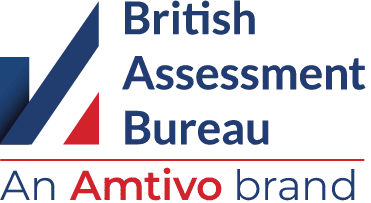The concept of continual improvement appears across ISO 9001:2015, with explicit references in these clauses:
Clause 4.4: Quality Management System and its processes
This clause requires the organisation to establish, implement, maintain and continually improve a QMS, including the processes needed and their interactions.
This clause’s emphasis on continual improvement highlights that a QMS is not a static system – it should constantly evolve to enhance performance effectiveness.
Clause 6.2: Quality objectives
Organisations are required to set measurable quality objectives that support continual improvement.
Quality objectives should be regularly reviewed and updated to remain aligned with opportunities for continual improvement within the QMS.
Clause 6.3: Planning of Changes
Changes to the QMS must be carried out in a planned manner, ensuring the system’s integrity is maintained.
Effective planning of changes should consider how each change can contribute to the continual improvement of processes and outcomes.
Clause 9.3: Management review inputs
Progress is enabled by understanding current system performance and identifying areas for improvement..
This clause requires management to regularly review the QMS for its continuing suitability, adequacy, effectiveness and alignment with ISO 9001’s regulations and the organisation’s direction.
These reviews should reveal areas that can be further improved upon and should become a regular management priority.
Clause 10: Improvement
Clause 10 is explicitly dedicated to improvement, with three key sub-clauses outlining the mechanisms needed for achieving successful improvements of a QMS:
10.1: General
This sub-clause stresses that the organisation must proactively identify and prioritise opportunities for improvement. It also stresses implementing the necessary actions to enhance customer satisfaction.
This clause implies that constant monitoring and quick responsiveness are needed – two key parts of continual improvement.
10.2: Nonconformity and corrective action
Sub-clause 10.2 requires an organisation to react whenever nonconformity occurs, taking action to control it, correct it and appropriately handle any consequences.
This subclause outlines the corrective action process, an essential aspect of continual improvement. Handling nonconformities fixes immediate issues and contributes to the QMS’s ongoing refinement.
10.3: Continual improvement
This sub-clause explicitly states that the organisation must continually improve the suitability, adequacy and effectiveness of the QMS in order to comply with ISO 9001.
It underlines the need for commitment to constant progression and not just undertaking one-off changes, which is a cornerstone of the continual improvement principle.
The PDCA cycle provides a structured approach for fulfilling the requirements of this clause and embedding continual improvement within the QMS.
Read: ISO 9001 Clauses Explained.
Discover more about ISO terms with our free ISO glossary.


